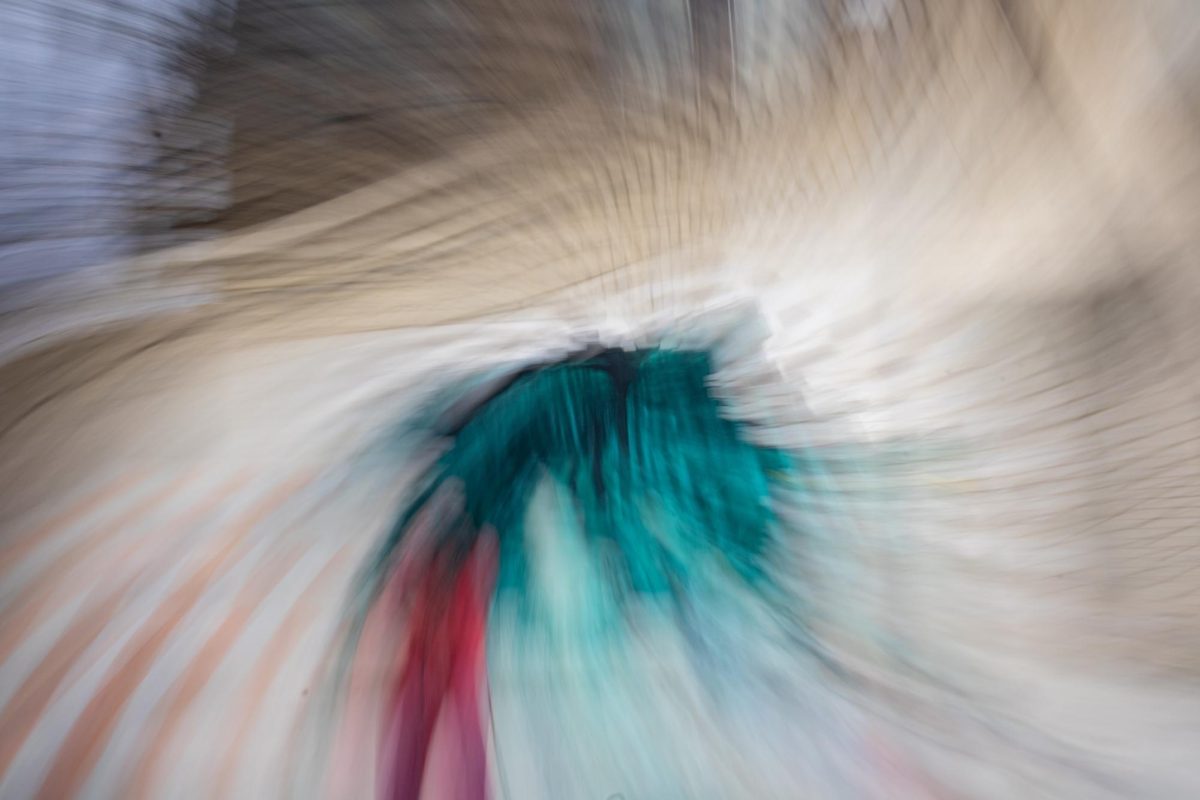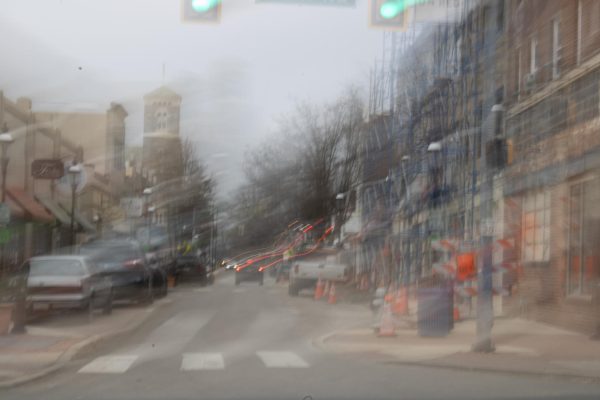
Radha Airan-Javia '27
Ever since humans figured out how to use our hands, we’ve been drawing on walls. Cave paintings were the first form of graffiti, before property and societal norms were pushed so hard. The feeling of looking at a blank wall and seeing a canvas, the urge to put your own personal form of art on a bland slab–it’s truly human.
Graffiti, as an art form, is highly polarizing. Some applaud the culture, some appreciate the more high-quality pieces, and some look down on those who they think are polluting the public space. I find it to be a deeply rooted form of human expression, and there’s nothing anyone can do to eliminate it.
Graffiti started around the 1960s in New York City, with an unspoken competition for each artist – also known as writers – to have their name be the most well known. It was, in essence, a fight to be the most notorious. In NYC, if your name was the biggest on the streets, you were up there with the best.

Tagging is the simplest form of graffiti, and one of the most hotly debated. The practice of using geometrically complex, but not fully fleshed out designs, to display a word or phrase is easily the most common, and in my opinion, the rawest. Tagging, often seen as lazy, ugly, or low-stakes – which I agree that at times it can be – is the purest form of rebellion and expression. Expressing your thoughts via throwing a few well-practiced lines on a wall is a freeing feeling for some, and a rush for others.
More complicated, and less appreciated than other forms of graffiti, are throw ups. A writer expands their lines into blocks, creating an amalgamation of shapes and outlines that communicates their style in a more hasty black-and-white rendition. The practice is a little less common than tagging, but still a way for artists to use simple colors and shapes to convey a message. Throw ups are contested in the graffiti community, as writers fight about what “real” graffiti is.
Pieces, on the other hand, are generally received more positively by the general public than the other forms are. Curves, corners, technicolor highlights and fill-ins, 3D blocks — all swooping and twisting in and out of one another to cast an image inside from a seasoned writer’s mind outward onto their canvas. Well-made pieces are infused with the effort and emotion put into each pass of a can and push of a roller; the adrenaline shows in the vibrant fades and dark shadows.
Even though the art of graffiti is heavily ingrained into society, appreciated by many as the desperate lust for freedom and rebellion that all humans carry, it’s not always positive. As much as I appreciate seeing a city’s inhabitants making their mark, the fact still stands that it is vandalism. Although writers generally follow an unspoken rule compelling them not to write on cars, homes, storefronts – places that are meaningful – some writers take a more extreme stance and write wherever they want, just to make a mark. I, personally, don’t support this type of graffiti, but there will never be an agreed-upon line, as it’s still illegal and looked down upon by those who find comfort in order.
Graffiti is art, and an art form that can’t be killed. There will always be a teenager writing their name in cursive in a gas station bathroom, and there will always be those that want to fill a cold city with light, and there will always be those that fight back. I think that’s beautiful.